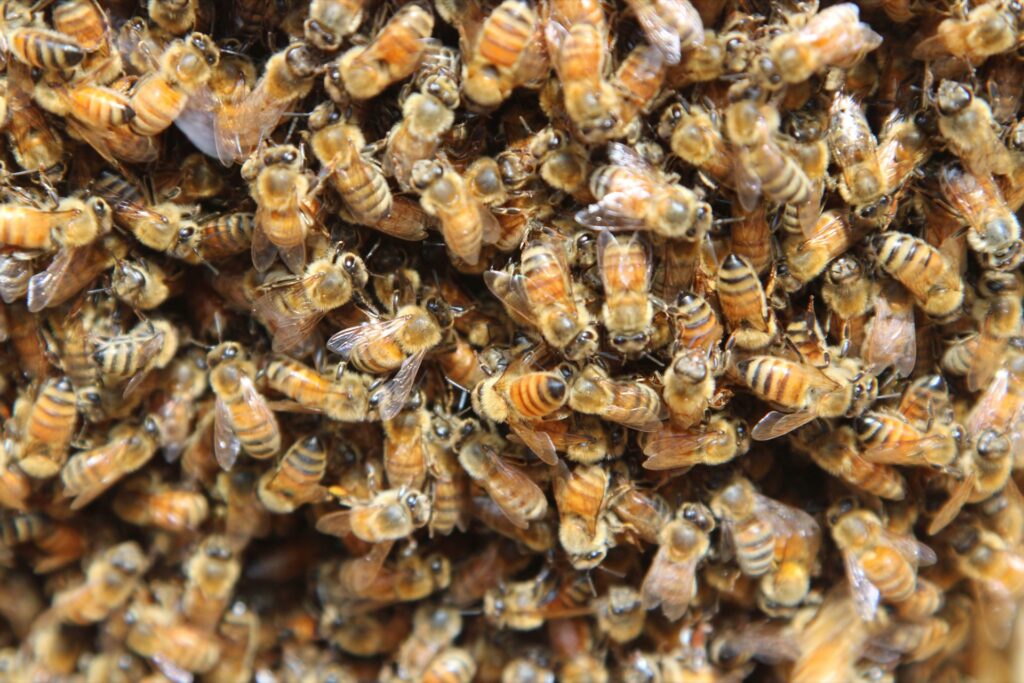Raising bees is a rewarding pastime that allows you to contribute to the preservation of this species.
It gives you the opportunity to appreciate the changing seasons in a new way and to play an active role in contributing to the health of your environment.
As you get to know your bees, you will discover many fascinating aspects of their behavior. You’ll begin to notice little things like how they communicate with each other, how they build the honeycomb, and which plants are in bloom throughout the year.
Plus, of course, there’s also the sweetness of having delicious, high-quality honey to share with your family and neighbors!

They are the male bees.
They do not have stingers and do not nectar or pollen. Their only purpose in life (which only a small portion of them accomplish) is to mate with a queen.
They are larger than worker bees, with large eyes that help them spot the queen in her nuptial flight. Mating occurs in flight, and drones that succeed in their task die as a result of the act.
Most of the bees in the hive are worker bees. Worker Bees are sterile females and perform various tasks as they age. In the first days of life, the worker bee, has the function of “governess” of the swarm.
Later, she performs the task of nurturer by taking care of the developing larvae, then guardian, gravedigger, assistant to the queen, produce wax and transfer nectar.
Towards the end of its life, it will become a forager bee and begin to venture outside the hive to search for nectar and pollen.
The queen is the mother of almost all bees in the hive.
She is the largest bee in the colony; as a larva she is fed exclusively on royal jelly, then she performs the nuptial flight during which she is fertilized by drones.
She spends most of her time laying her eggs in the brood cells (about 1,500 a day!), and is always followed by her retinue of worker bees who protect her.
We don’t spam, don’t worry :-)